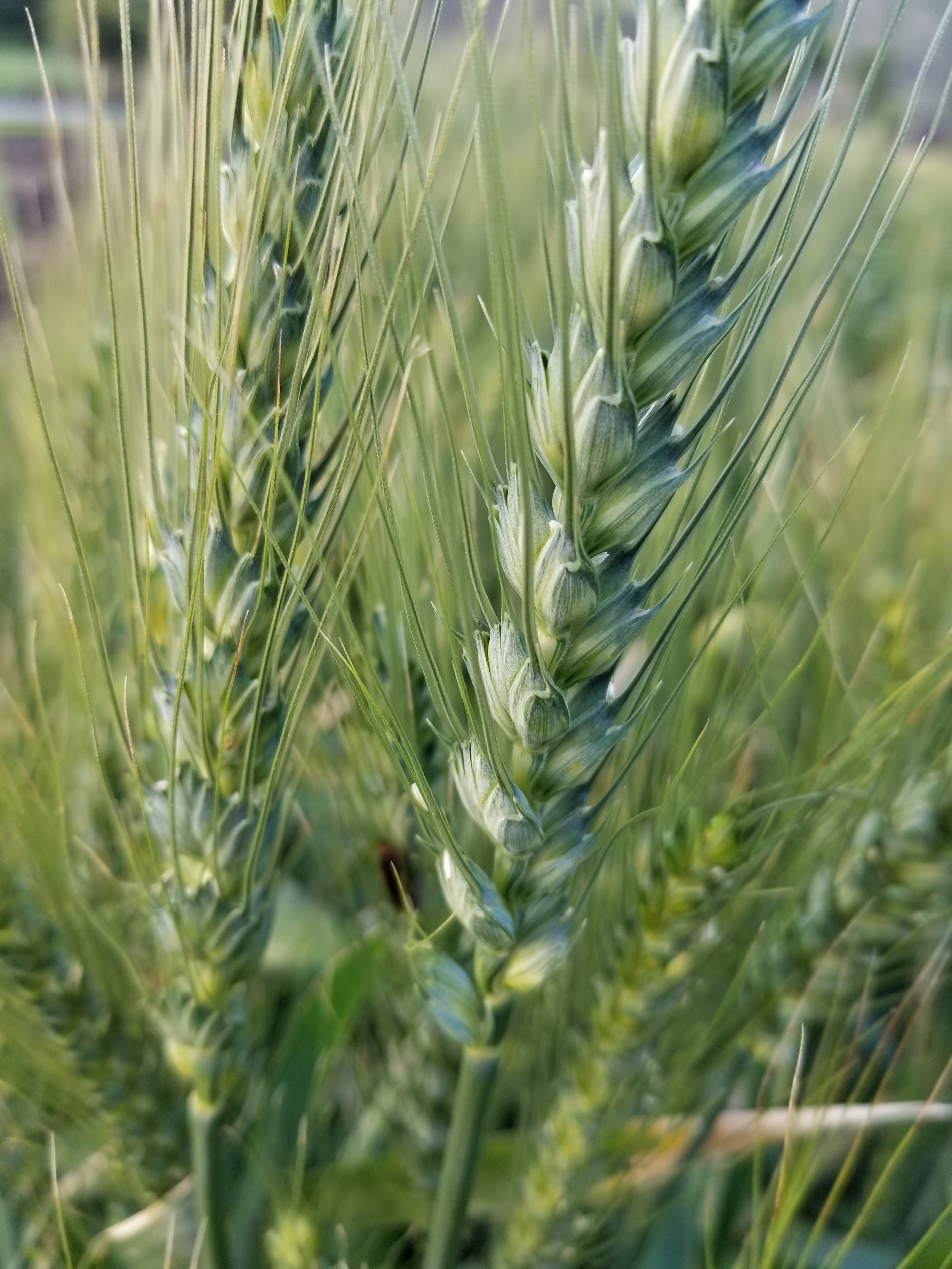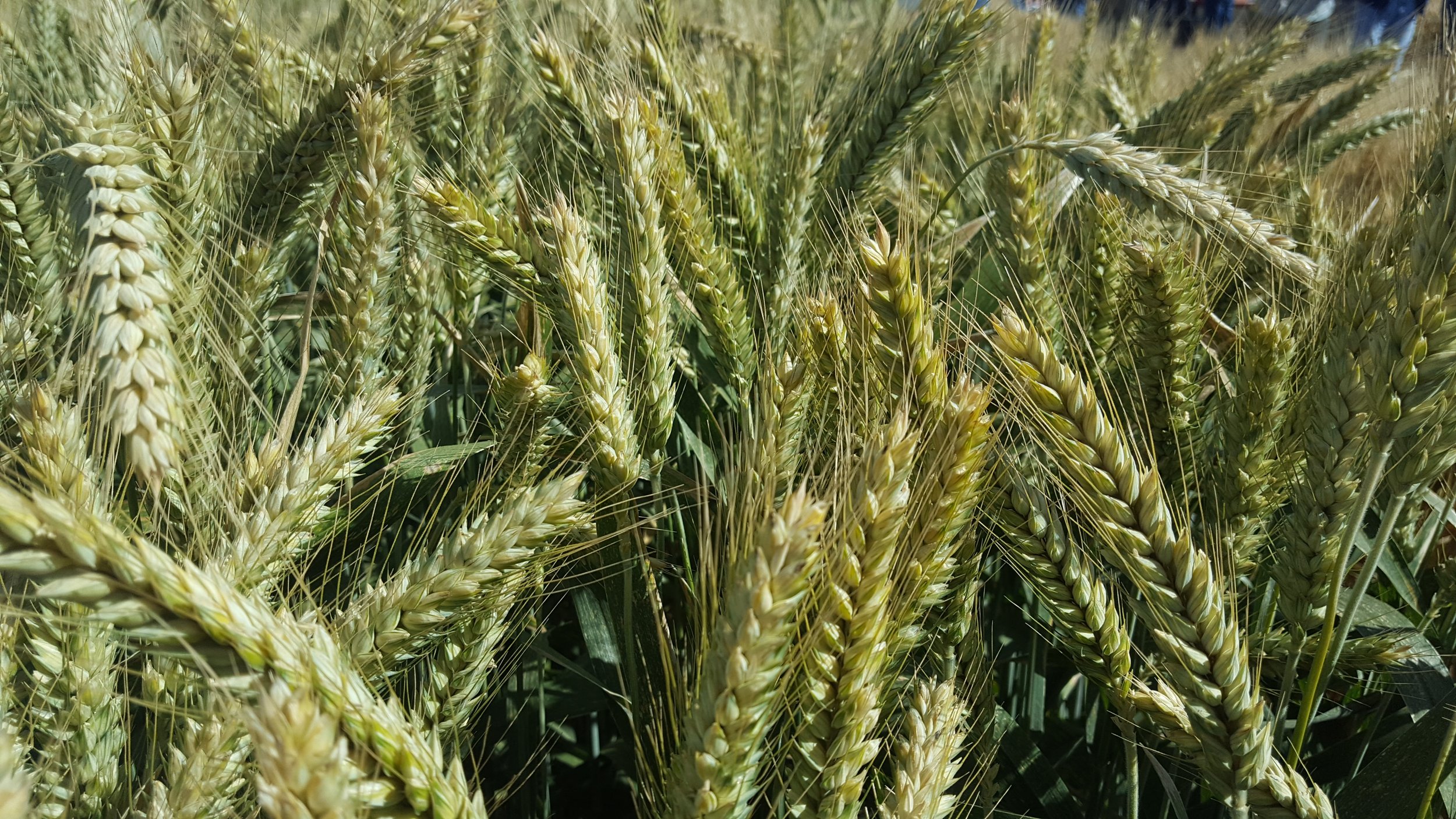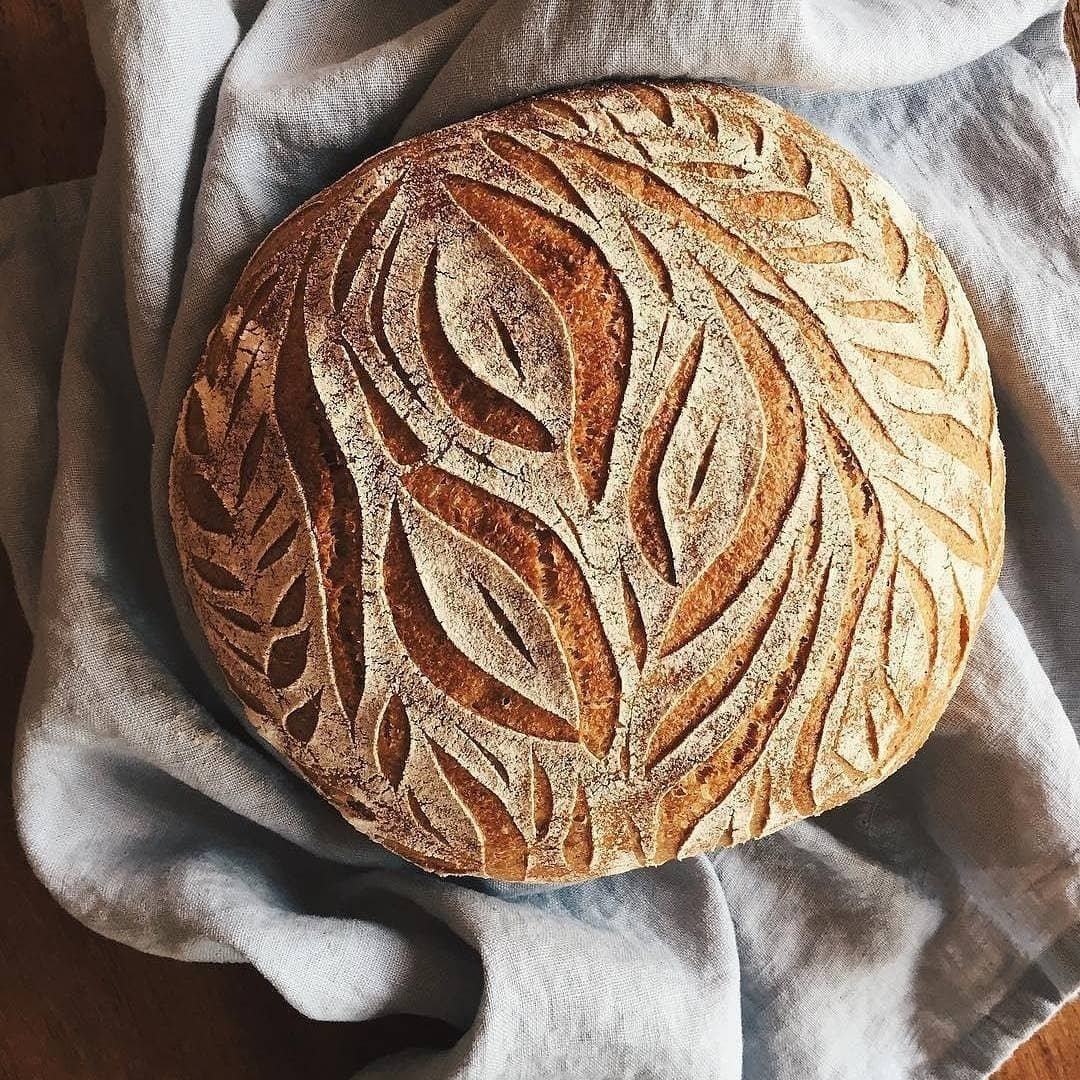
GRAIN
Farmer Mai’s heirloom grains have been chosen for their flavor, nutrition, and climate change-adaptability. Learn about each variety, as well as how to purchase and use these grains below.
Wheat
Akmolinka | Poulard wheat
-
Almonds, toasted oats
-
This variety came from Ahmad, who came to the US as a refugee from northern Afghanistan. These golden berries mill into a fine flour similar to durum and is well-suited for pasta, noodles, and flatbreads. This wheat is a cultivar originally from northern Kazakhstan.
Chiddam Blanc de Mars | Soft white spring wheat
-
Porridge, cream, tea leaves, pecans, honey
-
Originally from England, this heritage wheat received the greatest reception in France and was documented in 1864. Turn of the century Parisians preferred Chiddam Blanc de Mars for their baguettes. I grew this variety for my mom who loves French baguettes.
Marquis | Hard red winter wheat
-
Toasted pie crust, nuts
-
This wheat tastes like a classic hard red with strong nutty, toasty, and sweet aromas. This wheat was selected from over 30 results of crossing Red Fife and an early ripening Indian wheat known as Hard Red Calcutta. It became the primary wheat grown in Canada in the 1900s, yet grows surprisingly well in coastal California.
Sonora | Soft white spring wheat
-
Corn, butter
-
Sonora was the first wheat variety successfully cultivated in the new world, and was used in the northern Mexican state of Sonora to create the very first wheat tortillas. Naturalized in the dry regions of Mexico’s north makes it well adapted to California’s hot, dry summers.
Rouge de Bordeaux | Hard red winter wheat
-
Biscuit, nuts, tannic apple, subtle cinnamon
-
Rouge de Bordeaux comes from Southwestern France and was a popular bread flour among 19th century French bakers.
Wit Wolkoring | Soft white spring wheat
-
Fresh cut grass, goat’s milk butter
-
Wit Wolkoring is a landrace wheat from South Africa that was selected for its drought tolerance. This variety grows well while using 10% of the amount of water required for modern, commodity wheat.
Rye
Merced Rye
-
Hay, muted mediterranean herbs
-
Originating from Merced, California, this rye is deep yet subtle, and does not have the spicy bite stereotypically associated with rye.
Gazelle Rye | Dark Northern Rye
-
Floral, dried herbs, earthy
-
This rye is among the few dark northern rye varieties that can be found at a commercial scale of production. It is versatile: brewers and distillers seek this rye to add complexity to their brews, and bakers the chewy texture and distinct depth of flavor.
Abruzzi Rye
-
Mushroom, earthy, sweet, Mediterranean spice
-
Named for the region of Italy from which it originated. The aromas of this rye is unique for being deeper and richer than its spicier, more sour Northern relatives.
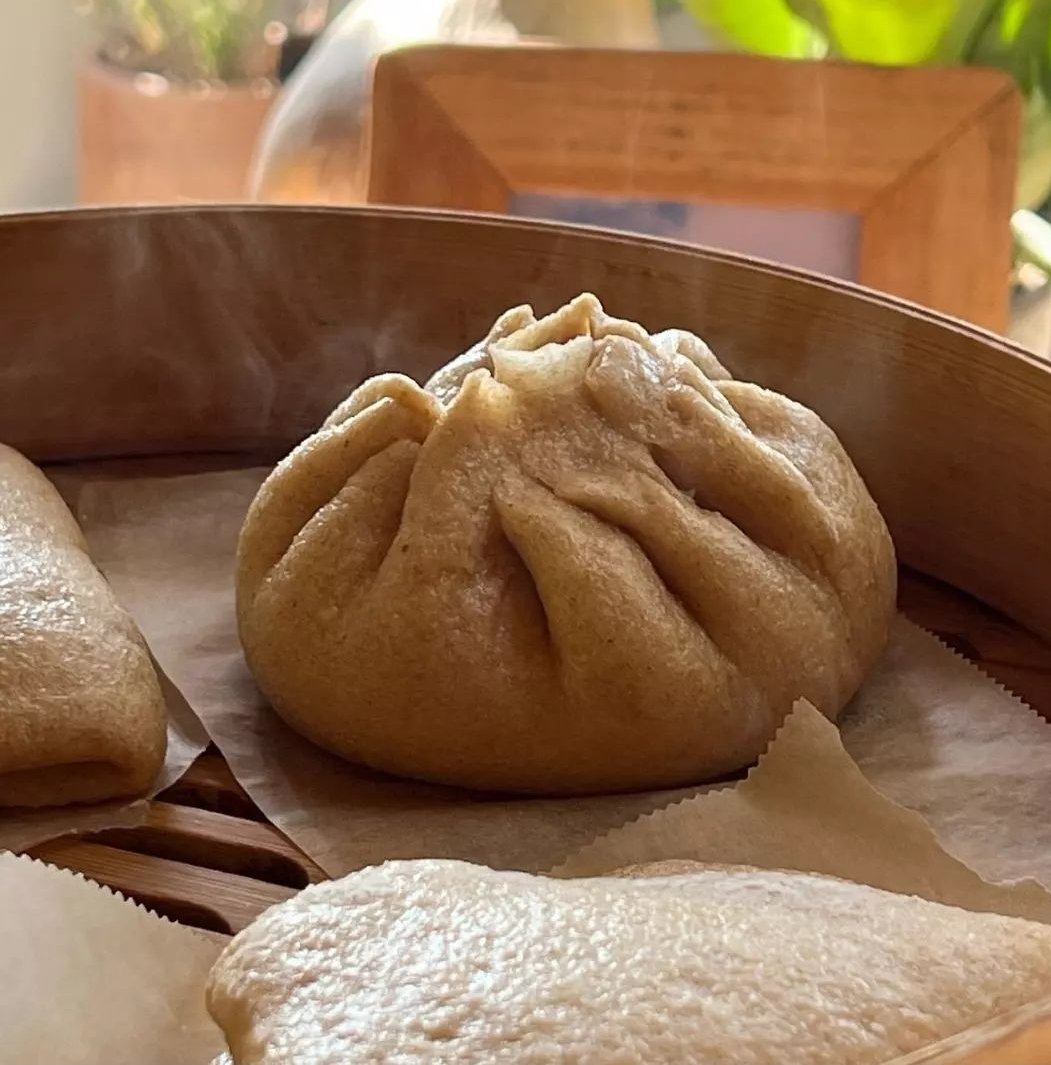
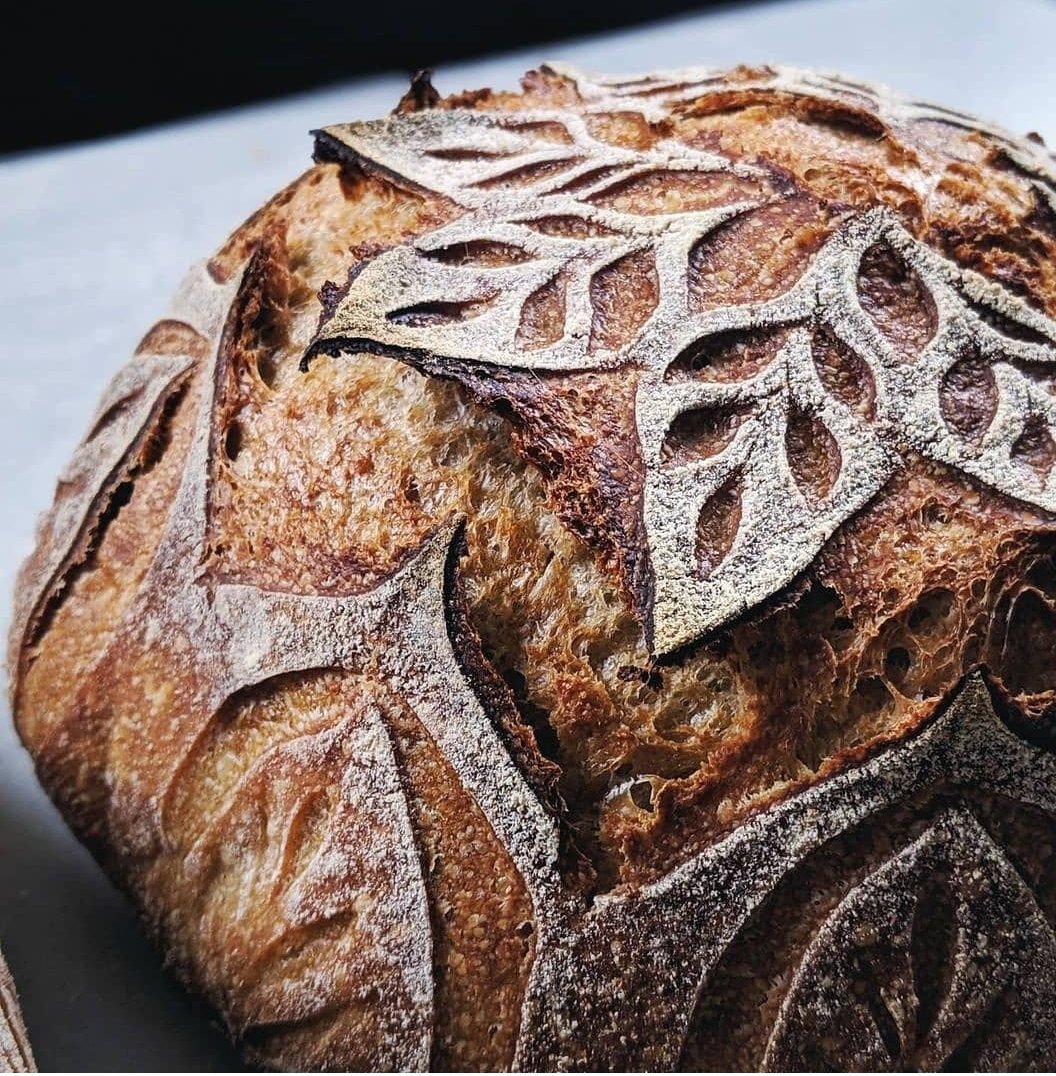
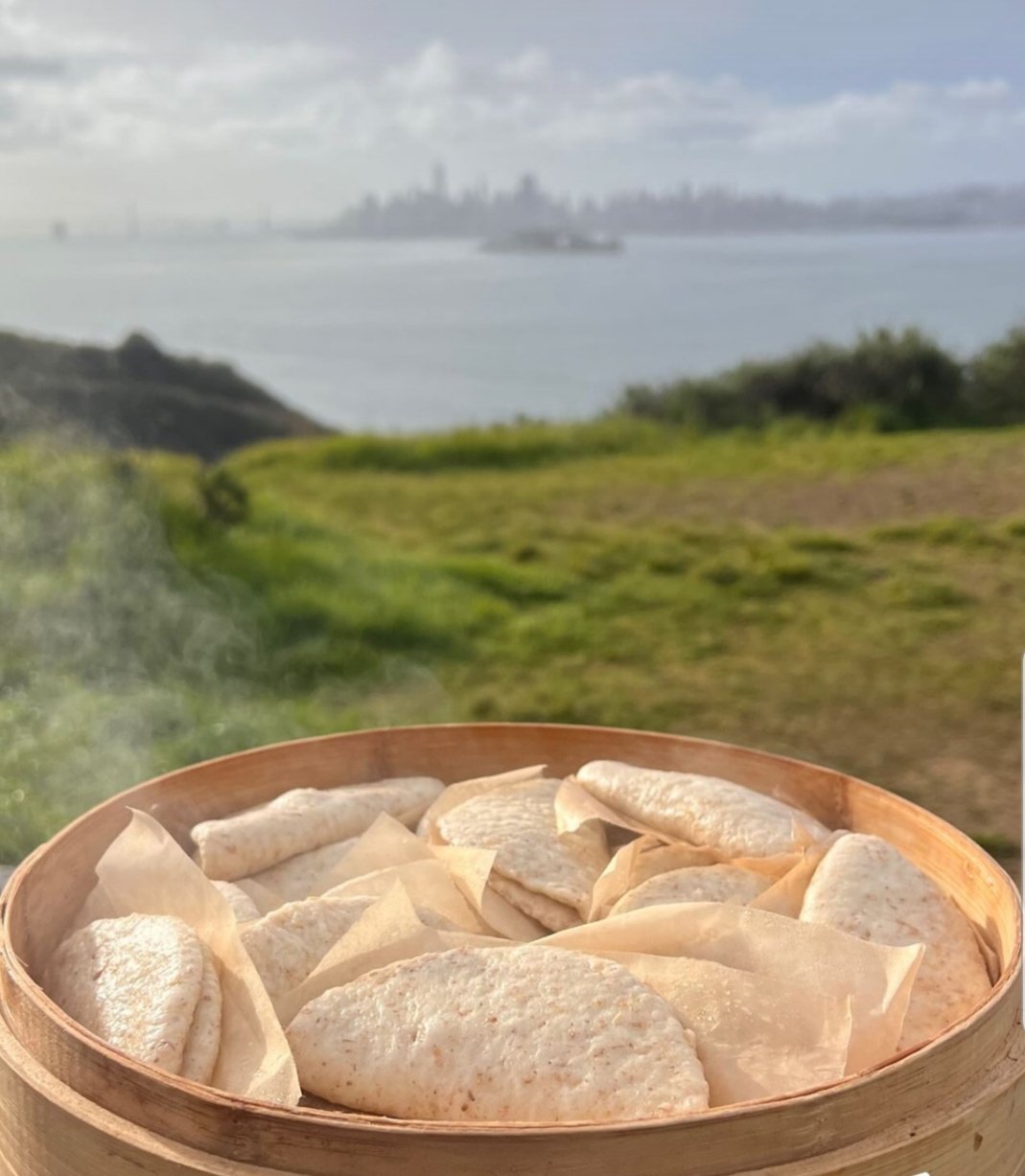


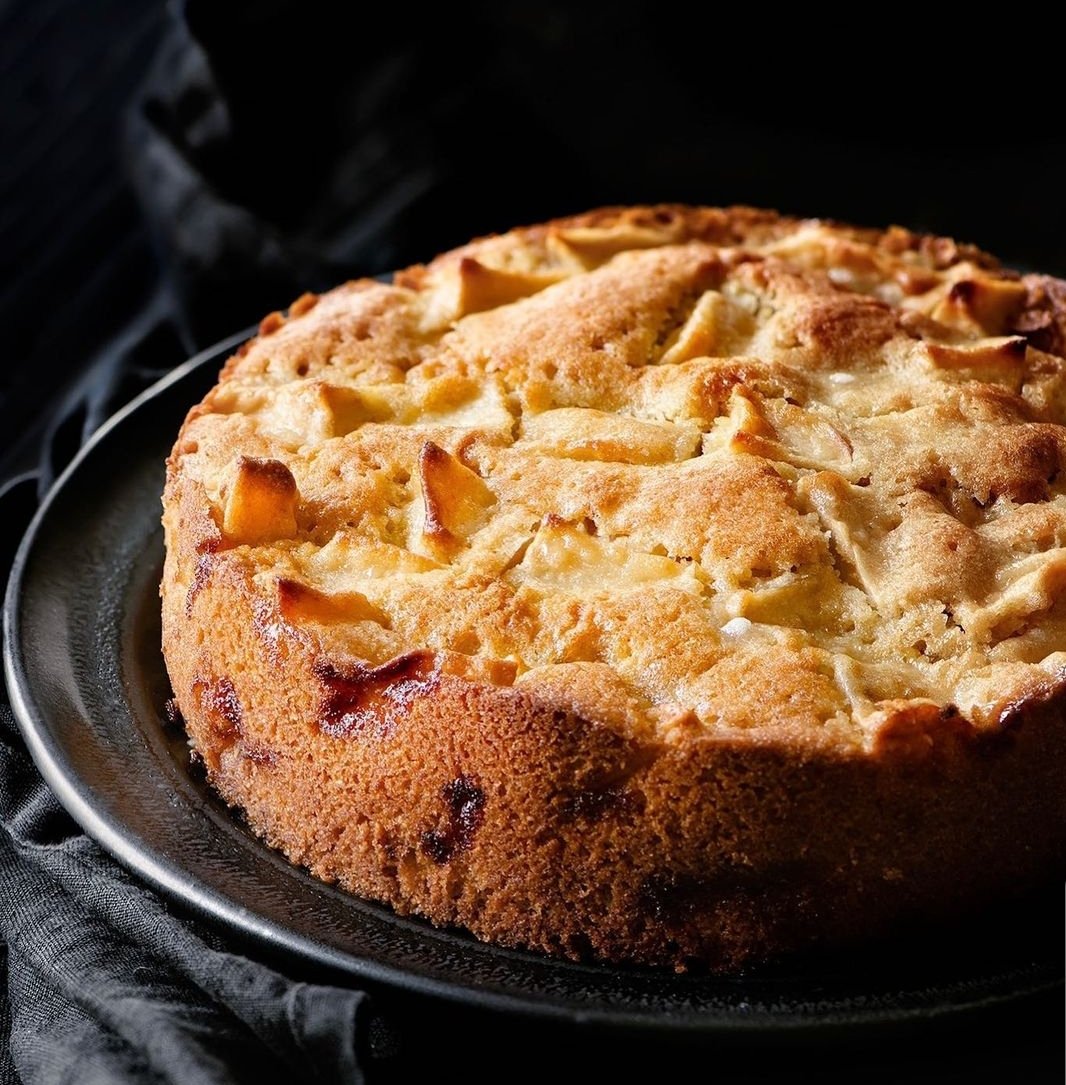

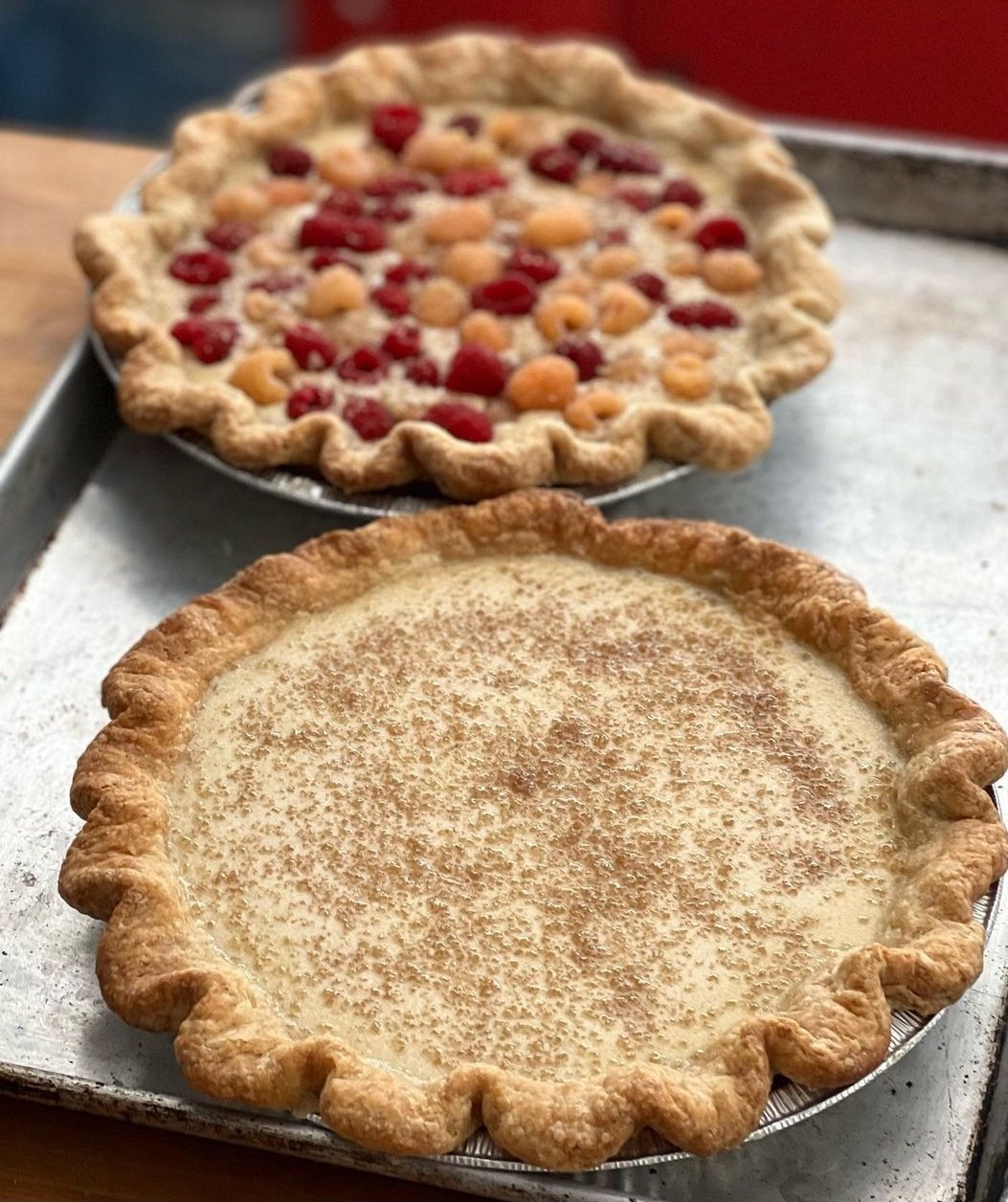

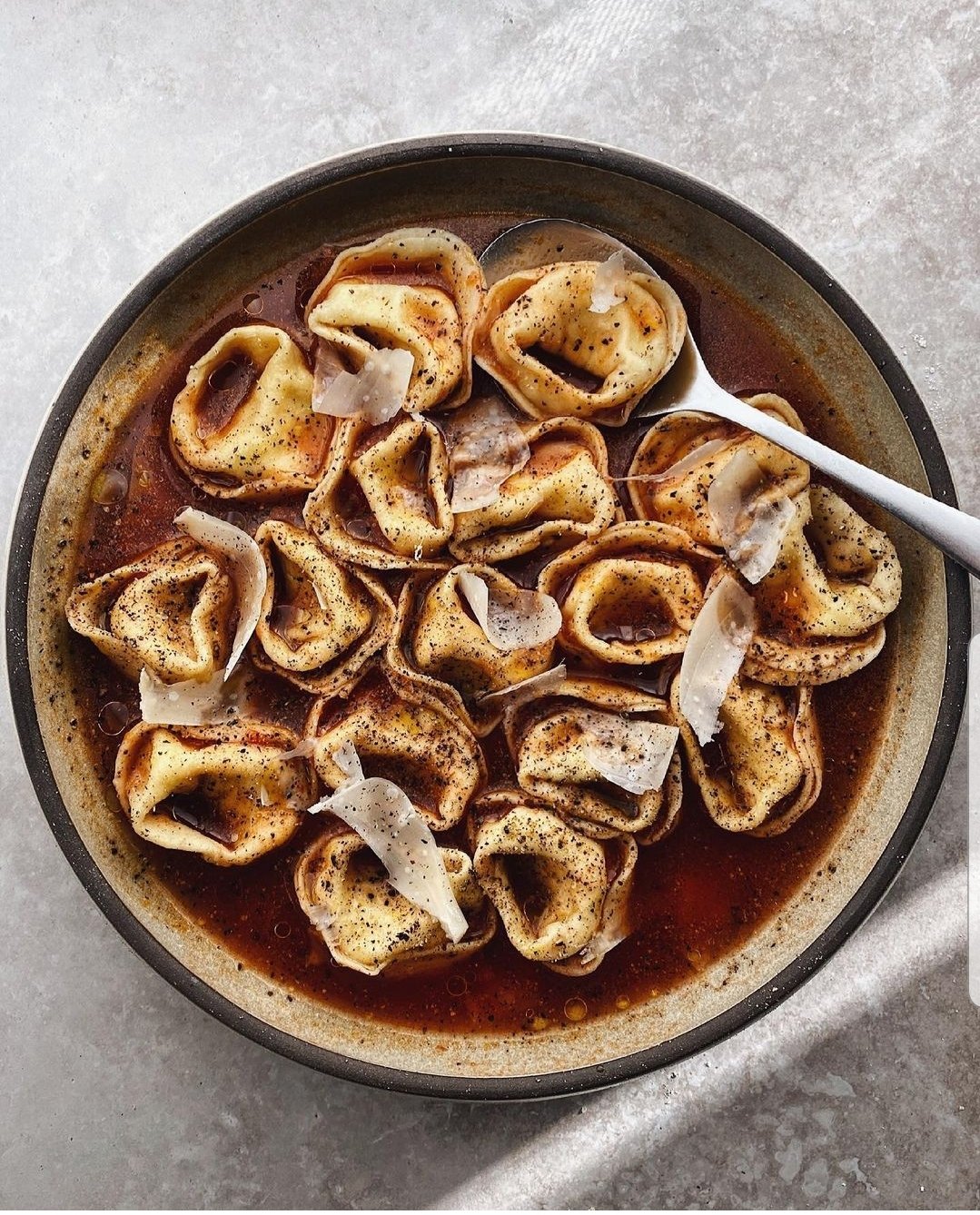
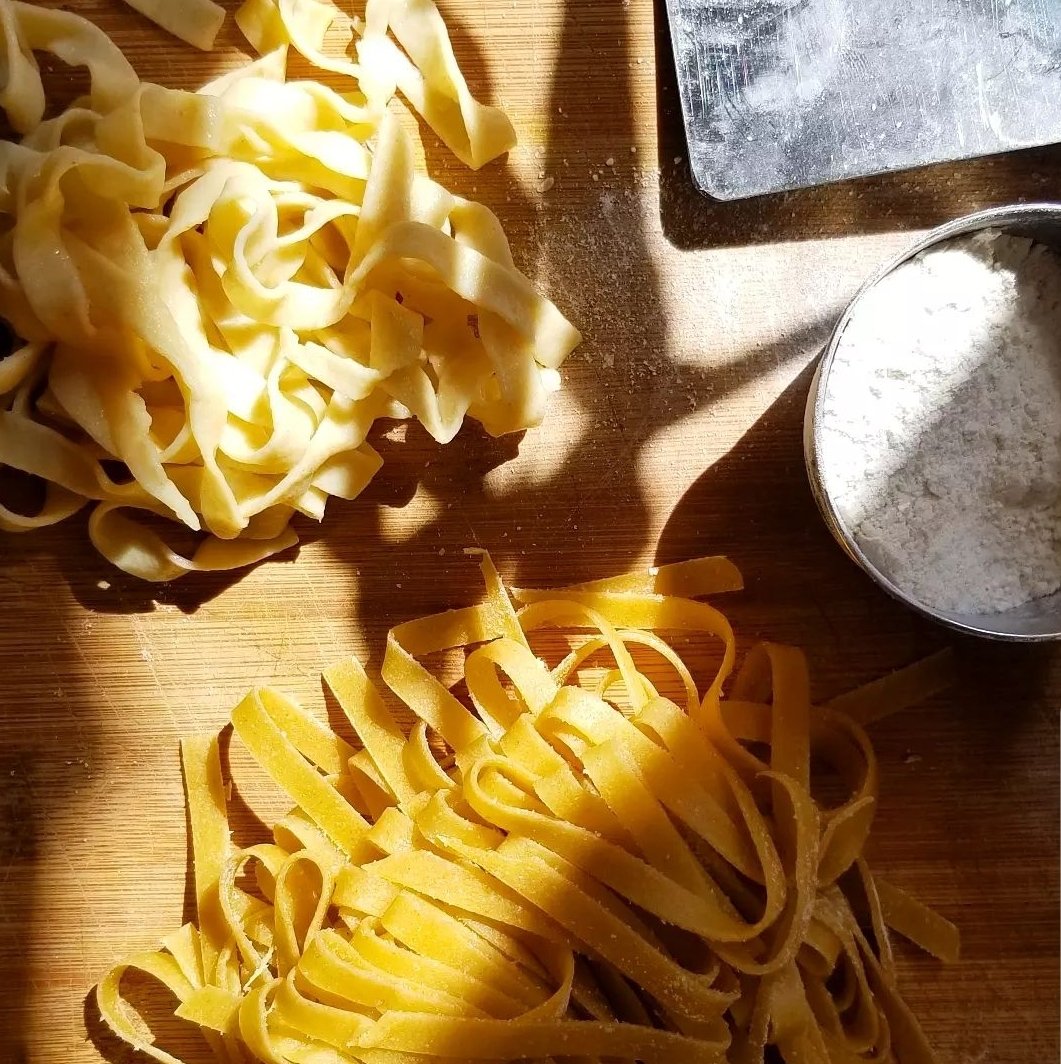
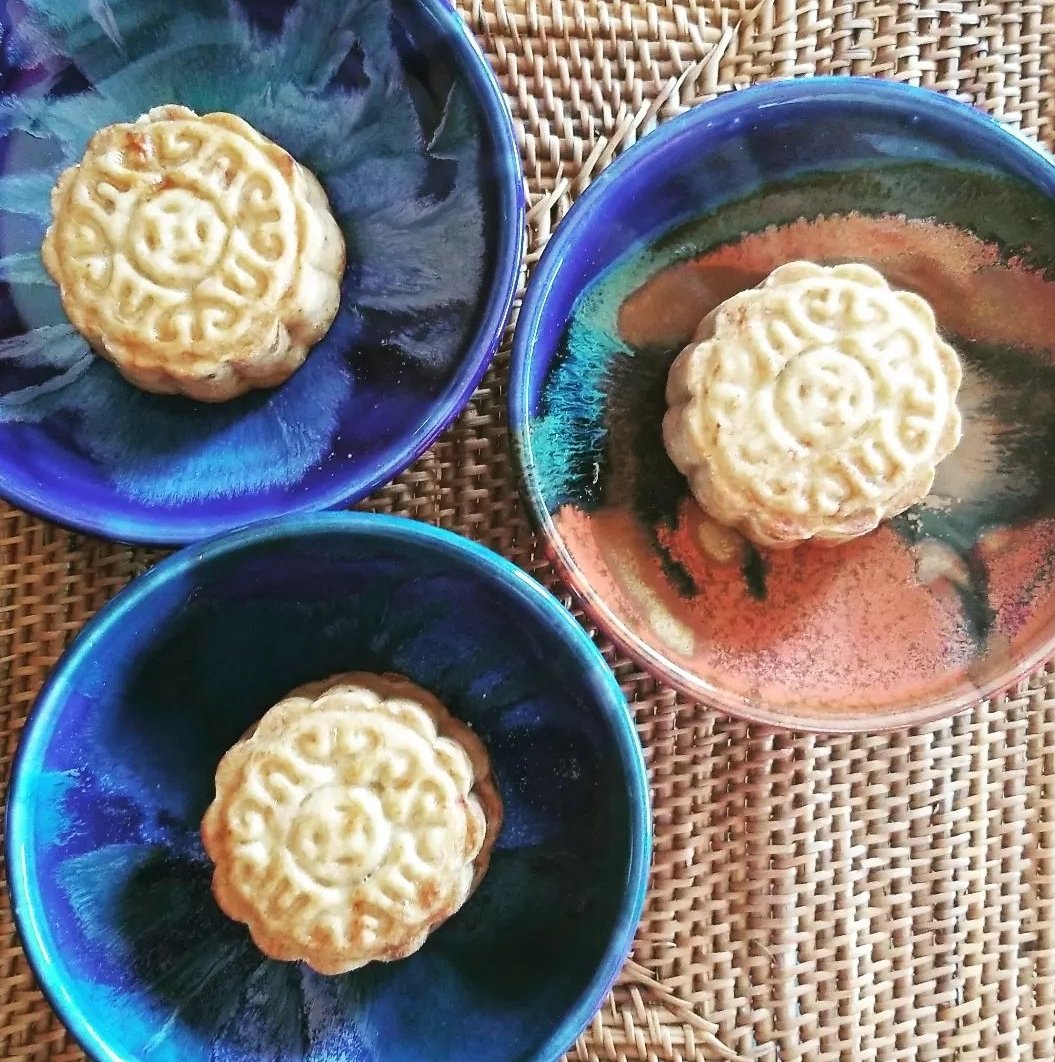

Experience My Grain
SUBSCRIPTION
Receive 3 lbs of flour once a month for four months. Sign-up for The Digestif newsletter to be notified of Share availability.
WHOLESALE
Wheat berries available for purchase in 25-50lb increments or totes for on-farm pick-up.
RETAIL
Grist and Toll, Pasadena, CA: flour in-store or delivery
Home Ec, San Diego, CA: flour in-store or delivery; restocks every 4th week of the month
The Bagel Mill, Petaluma, CA: flour in-store only
The King’s Roost, Los Angeles, CA: wheat berries in-store only
HOSPITALITY
Panaderia Matilija, Nevada City, CA
The Model Bakery, Napa, CA
Oramasama Dumplings, Oakland, CA
Humble Bake House, Martinez, CA
Lucky Penny Bread, Novato, CA
Bedstone Baking, Novato, CA
Friends and Family, Los Angeles, CA
Janes Baking Company, Carlsbad, CA
VAGA Restaurant, Carlsbad, CA
Modern Ancient Distilling, CA
SpiritWorks Distillery, Sebastopol, CA
What Flour Share Customers are Saying

Seeds in Development & More
Alaska | Soft white winter wheat
Arabian Blue Emmer | Hulless emmer
Bere Barley
Blu’du Arcour | Hulless emmer
Foisy | Soft white spring wheat
Ethiopian Blue Tinge Emmer
Maparcha | Poulard wheat
Syrian Wheat | Hard red spring wheat
Tres | Club spring wheat
Xinchan Rice | Wheat
FAQs
-
Farmer Mai only works with skilled millers who use stone mills to produce quality, whole wheat flour. The stone mills keep the flour cool, so as not to deteriorate nutrients. None of the flour is sifted, thereby retaining all the nutritive aspects of whole grain.
Farmer Mai selects heirloom grains that retain their natural balance of bran, germ, and endosperm such that the entire wheat berry can be consumed in its proportional state.
-
Yes, whole wheat flour can be used in recipes that call for all-purpose flour. Whole wheat retains the bran and germ, which absorb more moisture than the endosperm–the only part of the wheat that makes it into all-purpose flour. This means the hydration may need to be slightly increased. Try adding 1 tablespoon at a time, with patience to let the flour soak it up.
-
Grains are versatile and can be used in different forms. Narrowing varieties to certain applications depends on personal preference. Soft white wheat is tender, so may be preferred for bao, pastries, biscuits, or those seeking a light bread. Hard red wheat has a stronger flavor than soft white, which may be desired for fermented breads.
-
Farmer Mai flour is 100% whole wheat, which includes oils, vitamins, and nutrients that can go rancid. An air-tight container in a dark, cool place suffices for the first three to six months from the mill date. Consider storing in the refrigerator if kept for longer than six months, and in the freezer if longer than a year.
-
Wheat berries remain fresh for five to ten years. Store in an air-tight container in a dark, cool place. They can be frozen to extend their life.
-
These grains are grown without herbicides, pesticides, or synthetic fertilizers, and meet USDA organic standards. Farmer Mai does not apply for organic certification.


